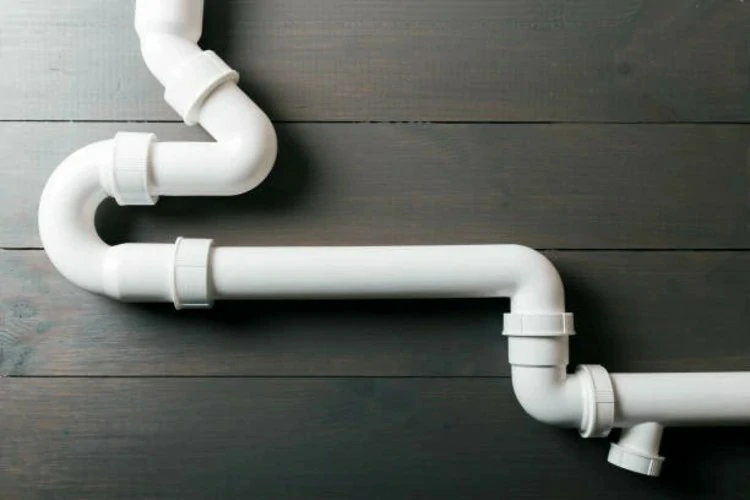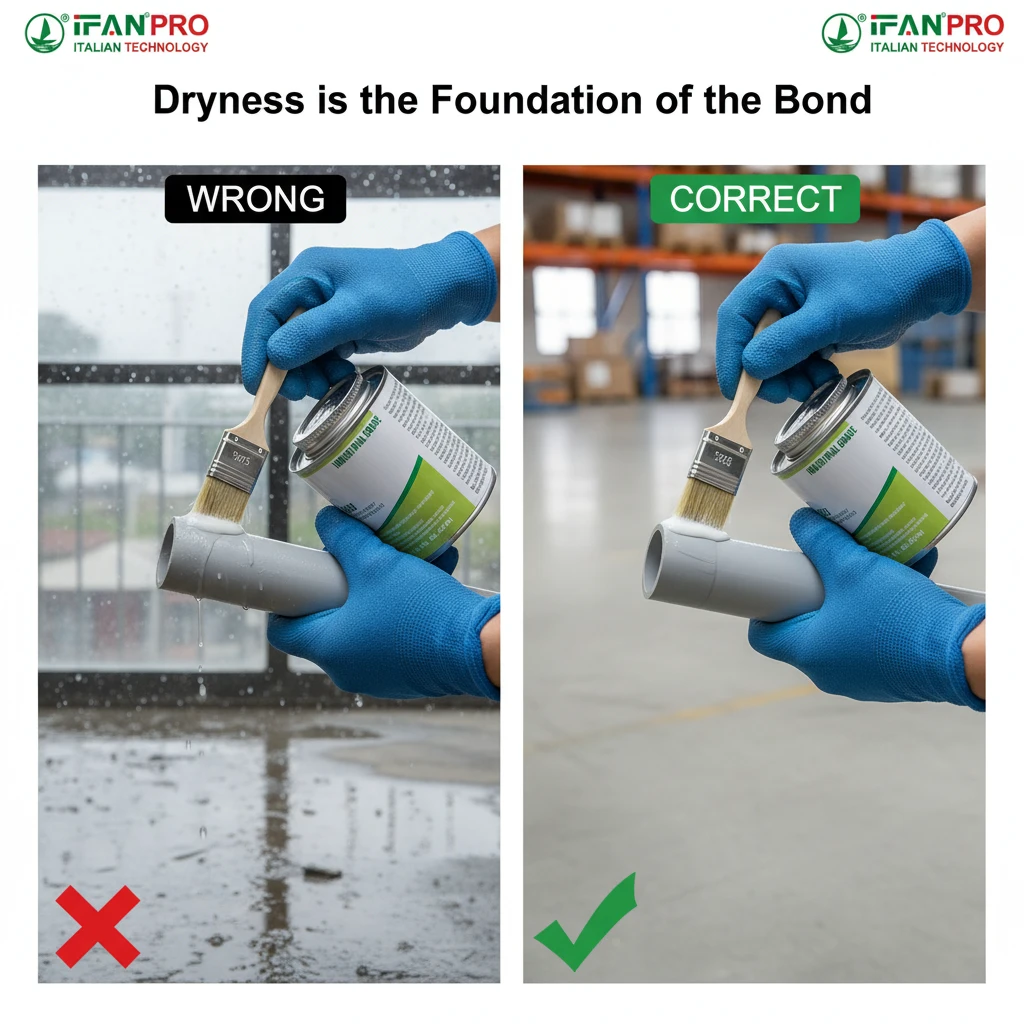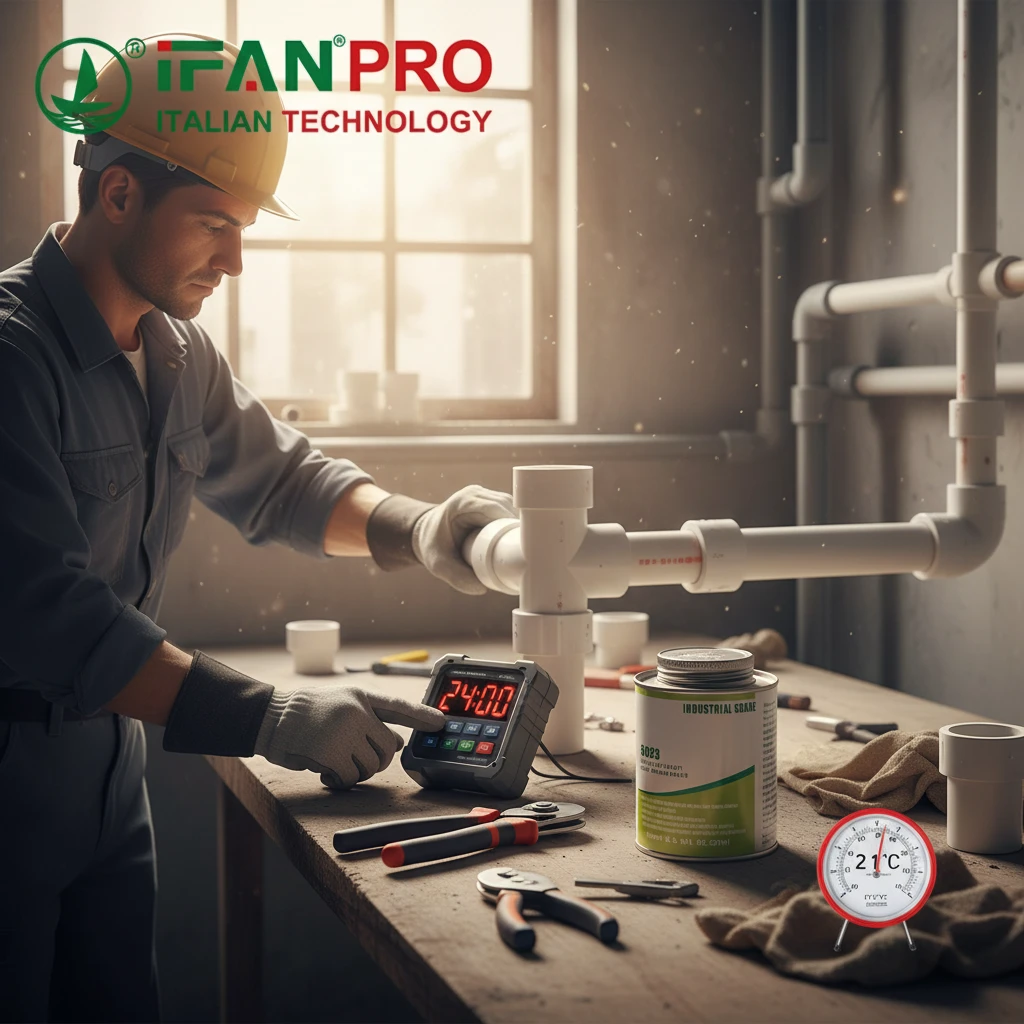Understanding PVC Pipe Connection Methods
PVC plumbing systems rely on various connection techniques to ensure secure and reliable joints between pipes and fittings. Understanding these methods is essential for successful installations.
Solvent Cement Joint
Solvent cement joint, also known as solvent welding, is the most common method used to connect PVC pipes and fittings. This technique involves the use of a primer and solvent cement to create a chemical bond between the mating surfaces.
Priming:
The first step is to apply a primer to both the outside of the pipe and the inside of the fitting socket. The primer softens the PVC surface, allowing for better adhesion with the solvent cement.
Cement Application:
After priming, solvent cement is applied to the primed surfaces using a brush or applicator. The cement quickly melts the PVC material, forming a strong bond as it sets.
Assembly:
Insert the pipe into the fitting socket and apply a quarter turn to evenly distribute the cement. Hold the joint in place for a few seconds to allow the cement to cure.
Heat Fusion Joint
Heat fusion, also known as heat welding or thermofusion, represents another common method for joining PVC pipes and fittings. This technique involves heating the mating surfaces to create a fusion bond without the need for additional adhesives.
Heating Process:
Specialized equipment such as heat guns or fusion machines is used to heat the ends of the PVC pipes and fittings to the required temperature.
Joining:
Once the surfaces reach the appropriate temperature, they are brought together and held firmly in place until the material cools and solidifies, forming a seamless bond.
Cooling Period:
After joining, it’s crucial to allow sufficient time for the joint to cool and the material to solidify completely before applying any stress or pressure.
Mechanical Connection
Mechanical connections offer a versatile and adhesive-free method for joining PVC pipes and fittings, ensuring ease of installation.
Types of Mechanical Connections:
Mechanical connections include options such as compression fittings, push-fit fittings, and clamp saddles, each offering unique advantages and applications.
Installation Process:
Mechanical connections typically involve inserting the pipe into the fitting or connector and using a locking mechanism to secure the joint in place.
Adjustability:
Mechanical connections offer the benefit of adjustability, enabling easy disassembly and reassembly for future modifications or repairs.
Choosing the Right Connection Method
When selecting a connection method for PVC plumbing systems, it’s essential to consider factors such as the application requirements, operating conditions, and local building codes.
Application Considerations
Номинальное давление:
Determine the pressure rating required for the plumbing system and ensure that the chosen connection method meets or exceeds the specified pressure requirements.
Chemical Compatibility:
Consider the types of fluids or substances that the plumbing system will convey and select a connection method compatible with the intended application.
Экологические факторы
Temperature Resistance:
Evaluate the temperature range in which the plumbing system will operate and choose a connection method that can withstand the expected temperature variations.
UV Exposure:
For outdoor installations, consider the level of UV exposure and select a connection method that offers UV resistance to prevent degradation over time.
Заключение
PVC plumbing systems offer various connection techniques like solvent cement joint, heat fusion, and mechanical connections. Each method has its own benefits and considerations. Understanding these characteristics helps installers make informed decisions for secure and reliable joints in PVC plumbing. Whether bonding with solvent cement, fusing with heat, or using mechanical connectors, the right method ensures system success and longevity.
ИФАН является китайским производителем пластиковых труб, фитингов и клапанов с 30-летним опытом работы. Если вы заинтересованы в ИФАН медные фитинги, медные клапаны, пластиковые трубы и фитинги, пожалуйста, свяжитесь с нами. ИФАН предлагает вам разнообразные стандартные трубы для удовлетворения ваших конкретных потребностей. Нажмите ниже, чтобы узнать больше о широком ассортименте доступной и экономичной арматуры и сопутствующих товаров для трубопроводных систем от IFAN.
Мы ответим на ваше письмо или факс в течение 24 часов.
Вы можете позвонить нам в любое время, если у вас возникнут вопросы по нашей продукции.
Для получения дополнительной информации, пожалуйста, посетите наш веб-сайт https://ifanpro.com/
Отправить по почте: [email protected]
Whatsapp: + 86 19857948982














Последние комментарии